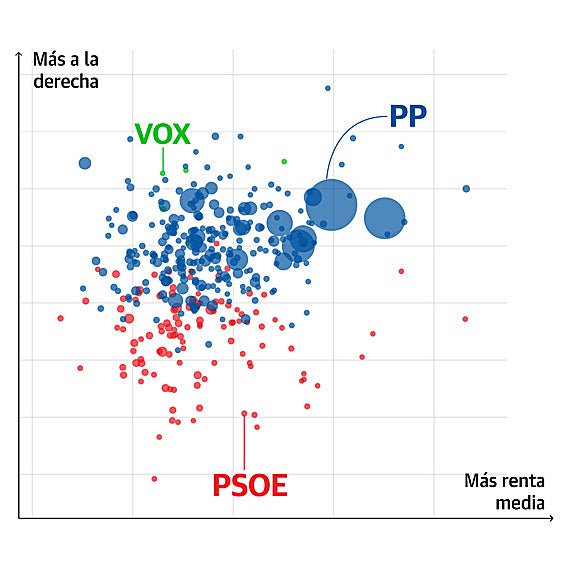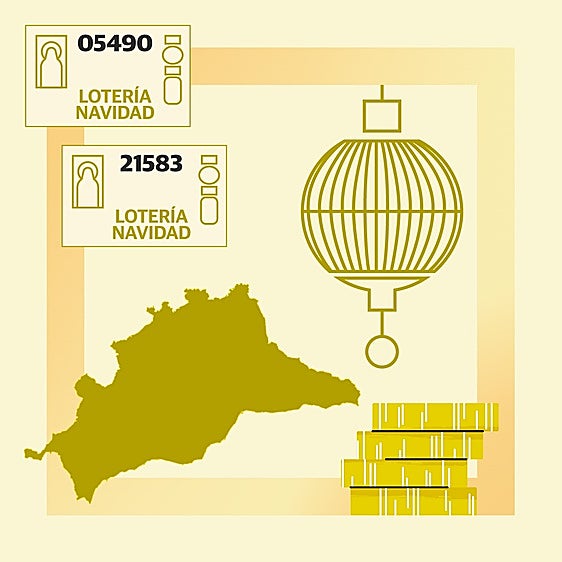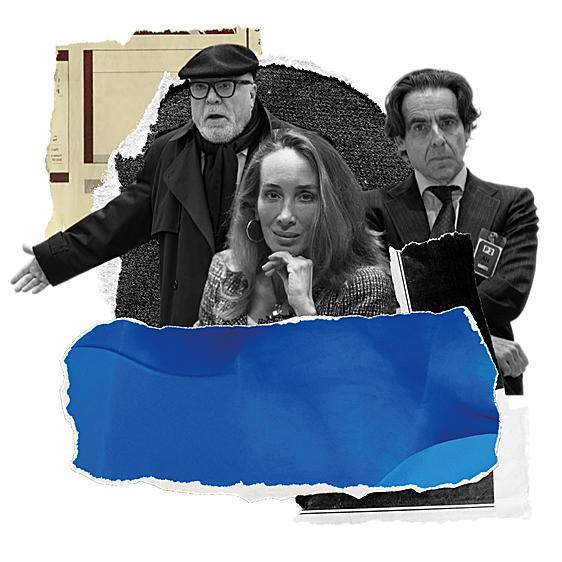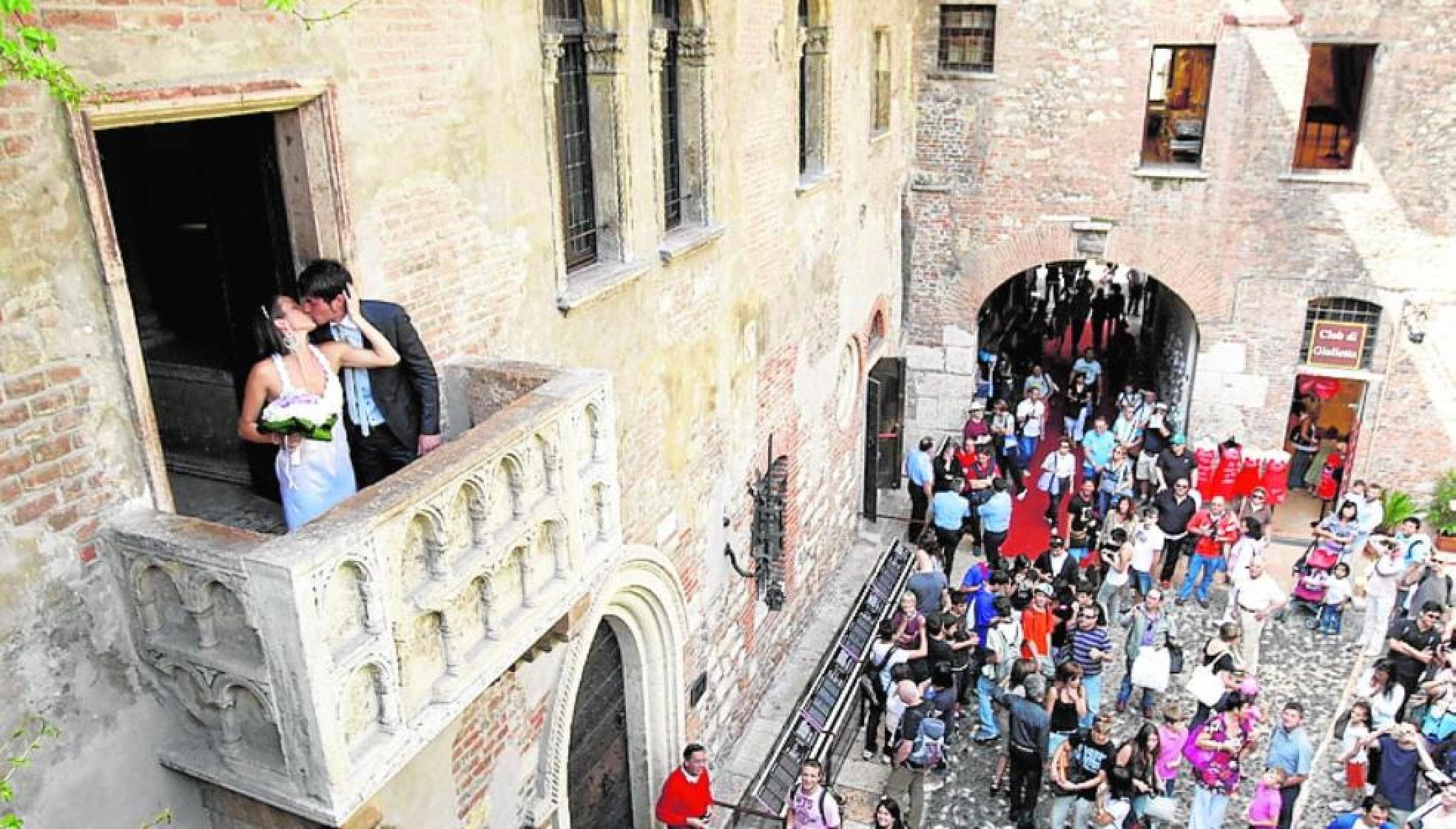Verona, the city of love
Famous ·
The house which is number 23 in Via Capello is the one described by Shakespeare as the home of the Capulets, with the balcony on which Juliet used to wait for her beloved Romeo every nightELENA MARTÍN
Friday, 28 January 2022, 11:03
It is normally Paris that comes to mind when someone mentions the City of Love, but it was in Verona that the most famous love story in literature was based, Romeo and Juliet. It is also the city that thousands of lovers visit each year to get married or celebrate their relationship as they stroll through the streets where one of Shakespeare's best-known plays was set. It is also popular for Valentine's Day which is, of course, next month.
The Roman amphitheatre, situated in the bustling Piazza Bra, is one of the first monuments that visitors see when they come to Verona. In this square you can see the ancient walls, the Palazzo della Gran Guardia and the 19th century Palazzo Barbieri. The square connects with the Liston, a wide cobbled street much frequented by the Veronese, from where you can get to the Mazzini shopping street which is a must for those who love to shop.
Very close to here, at number 23 Via Cappello, is the supposed home of the Capulets, the house where, according to the story, Juliet used to live.
Even today you can go up onto the famous balcony, where, as described by Shakespeare, the young woman used to wait for her beloved Romeo every night.
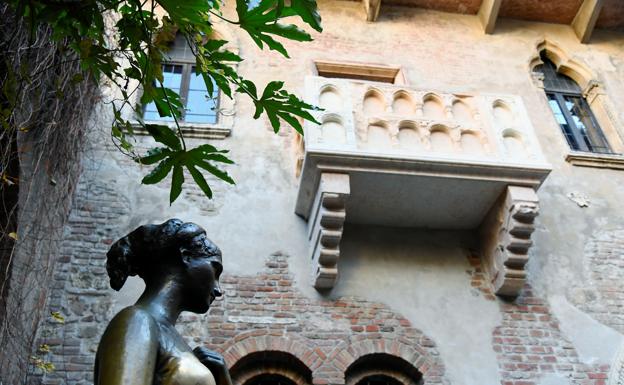
Today, this is very popular with newlyweds and is somewhere that lovers flock to and make their wishes, after taking the traditional photo, touching the breast of the statue of Juliet at one end of the courtyard. Don't forget to leave your message of love behind the statue; you never know, it might come true.
Continuing along the Via Capello you come to the Piazza delle Erbe, the heart of the city which leads to numerous imperceptible streets. In the square there is a souvenir market and plenty of restaurants to regain your strength after a morning spent walking. Here, you can also see the Virgin of Verona fountain and the column of St Mark, at the top of which there is a sculpture of a lion, the symbol of the Republic of Venice.
To the north is the Palazzo del Comune, the Torre dei Lamberti, the Casa dei Giudici and the Case Mazzanti. To the west, the Palazzo Maffei, adorned with statues of Greek gods. To the south, the Casa dei Mercanti and the present Bank of Verona.
If you take the Via dalla Costa from the Piazza delle Erbe, you will come to the Piazza dei Signori, also known as 'Piazza Dante' because there is a statue of the father of the Italian language, Dante Alighiere, there. And if you carry on down Corso Anastasia, you will see the Santa Anastasia church, which was built in 1290 and can be visited free of charge.
To end the day, why not watch the sun set from the Ponte Petra bridge over the Adigio river, with its fascinating view over the city. The surrounding area is a bohemian district with small bars where you can have a bite to eat before returning to your hotel in the moonlight.
